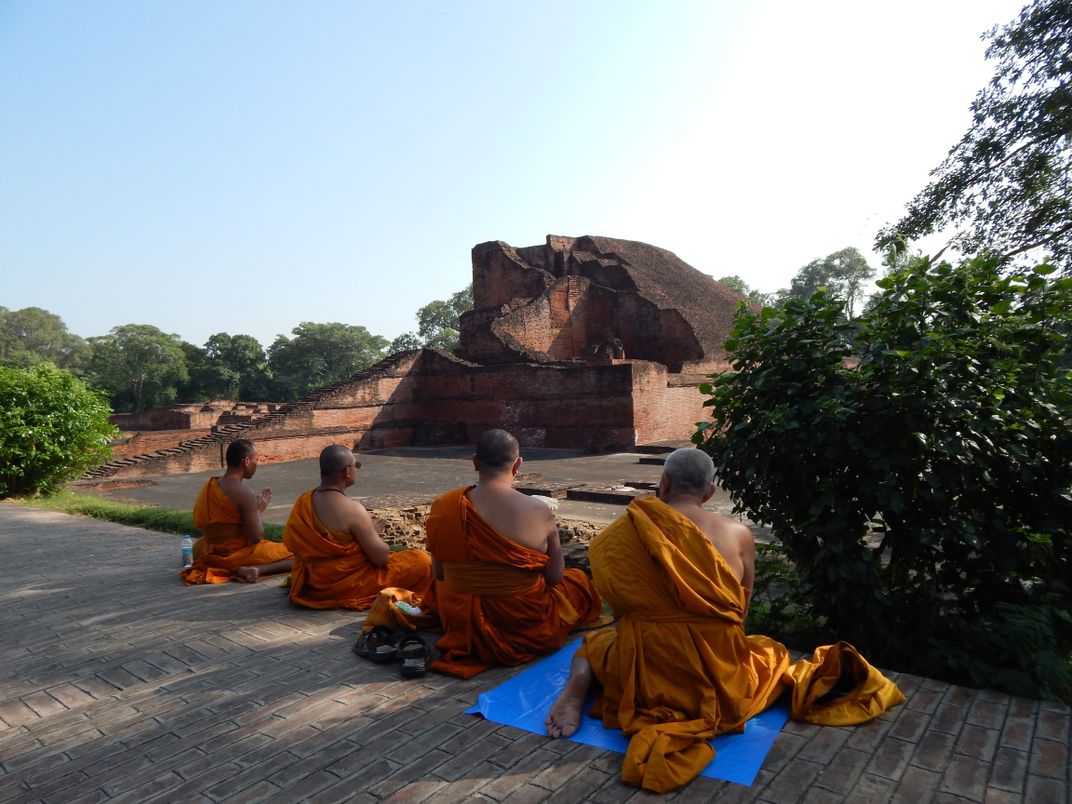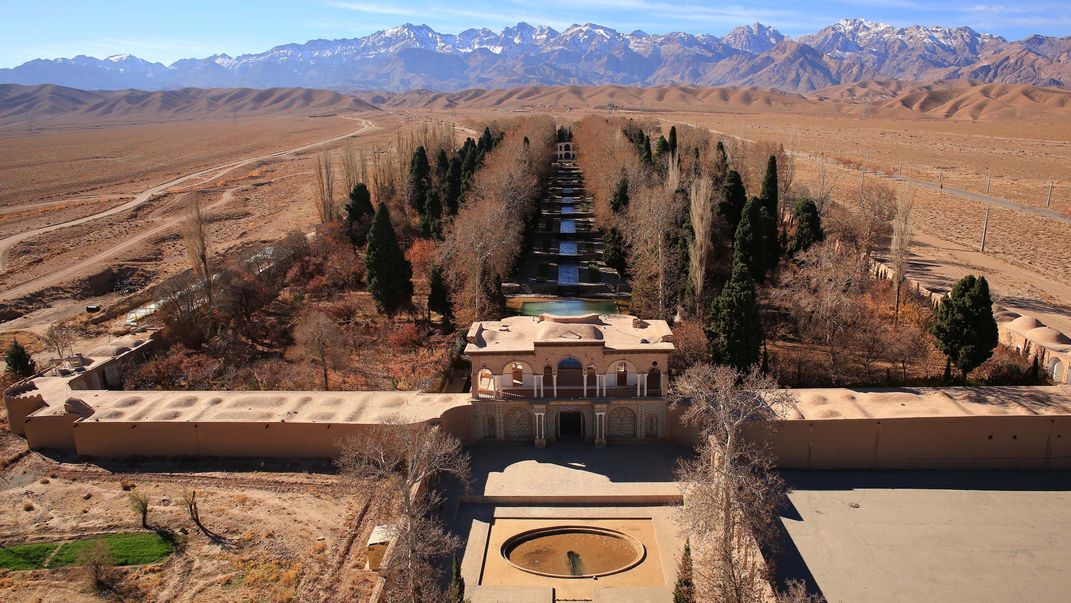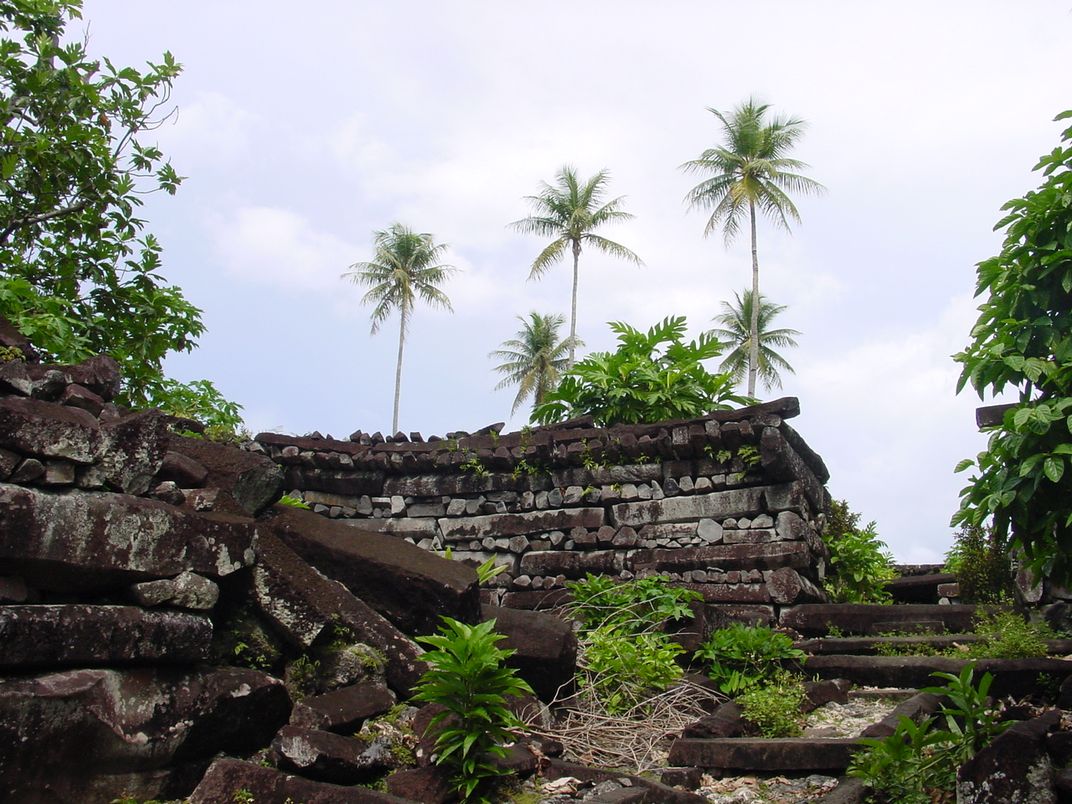Unesco Names New World Heritage Sites
Rock art, irrigation and education add to the organization’s growing list of sites worthy of protection
/https://tf-cmsv2-smithsonianmag-media.s3.amazonaws.com/filer/b6/92/b69222e1-959b-4c62-8bfa-f9038b92d61d/site_1506_0006.jpg)
What are the most significant sites in the world? For 40 years, the international body Unesco has tried provide an answer. This cultural arm of the United Nations has designated thousands of places around the world as part of their famed World Heritage site program.
When outstanding examples of architecture, natural beauty, history and life become a World Heritage site, something incredible happens. Not only do critical funding and preservation resources open up, but awareness about the wonder to be found all around us grows. That fascinating list just got longer with the addition of nine new sites, acording to the Associated Press, including locations in Spain, Turkey, China, Iran and Micronesia. As of today, Unesco has extended the designation to 1040 properties in 164 states.
The announcement came during the 40th meeting of the World Heritage Committee, an international body that meets annually to coordinate on better ways to preserve the world’s cultural and historical treasures. They are currently reviewing 27 significant sites nominated for the designation, so there may be more yet to come.
From coral to cliffs, here’s what you need to know about four of these new sites:
Nalanda Mahavihara (Bihar, India)

For over 800 years, Bihar, India was an educational center like no other. It was home to Nalanda Mahavihara, a Buddhist monastery and university that flourished from the third century B.C. until its destruction in the 1190s. Students from all over the world flocked to Nalanda to learn everything from medicine to metaphysics, and the university eventually became a critical center of Buddhist philosophy and learning. Despite its beautiful stupas and other architectural elements, the university was destroyed by an invading army. Today, a nearby university claims to have revived its famed tradition, and its architectural ruins are considered among India’s most important.
The Persian Qanat (Iran)

Water equals life, and nowhere is that clearer than in the middle of one of the world’s most arid regions. Iran is home to a series of qanats: ancient irrigation systems designed to bring water from high aquifers to lower elevations with a series of underground canals. The eco-friendly water harvesting system is thought to have originated in Iran and is still in use in some countries today. In Iran, remnants of the ancient aquifers and tunnels still remain functional and, according to Unesco, “provide exceptional testimony to cultural traditions and civilizations in desert areas with an arid climate.”
Zuojiang Huashan Rock Art Cultural Landscape (China)

Between the fifth century B.C. and the second century A.D., the ancient Luo Yue people inhabited lands near what are now China’s southwest border. Researchers believe that, spiritual motivations drove them to climb the precarious cliffs in the region, leaving behind spectacular rock art about daily life and spiritual rituals. Among the images are paintings of people playing bronze drums—artifacts that have been found all over China. After the painters finished their art, the sites' unique geology and remote location helped preserve it. Unesco has listed 38 areas with rock art as World Heritage sites, noting that the vivid images represent “the only remains of this culture today.”
Nan Madol (Micronesia)

The ruins of Nan Madol, a series of 99 artificial islands in a lagoon next to Pohnpei Island, point to the intriguing remnants of a now-lost city. It was home to the Saudeleur Dynasty, a powerful tribe, between 1200 and 1700. At the time, the “Venice of the Pacific” was home to Polynesia’s most powerful religious and political force, but eventually the city, which was ingeniously built on fragile coral reefs, faded into obscurity. Unesco’s designation also puts the site on the organization’s list of properties in danger because the area’s location and the tangled mangrove trees, which are endangering the ruins’ structural integrity.
/https://tf-cmsv2-smithsonianmag-media.s3.amazonaws.com/accounts/headshot/erin.png)
/https://tf-cmsv2-smithsonianmag-media.s3.amazonaws.com/accounts/headshot/erin.png)